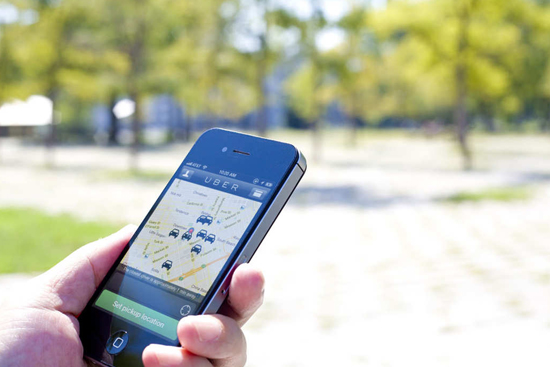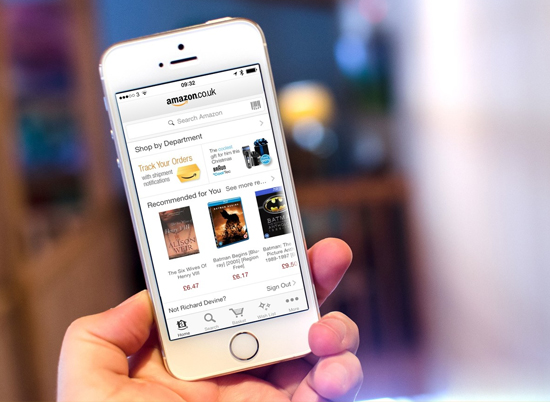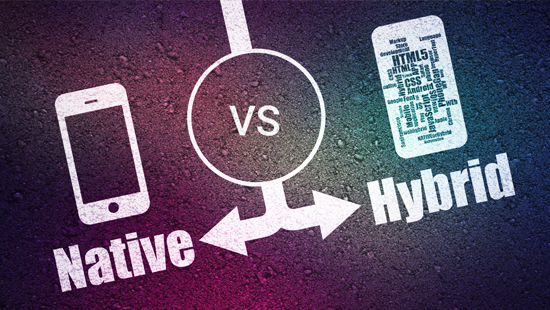
Jul
The Pursuit of Appiness
It’s a fact that people browse the internet on their phones a huge amount more than they did, and consumer’s expectations about access to information have changed dramatically.
Many businesses are looking to apps as yet another route to make access to their products and services even easier for potential customers.
The tricky part is penetrating all that jargon and getting to the core of what you need your app to do, and what to be prepared for. Here’s our checklist for getting what you want out of app development.
Clarity of Function
The only point at which an app becomes a useful tool for a business is when there is an aspect to your trade that requires regular customer engagement, something that could benefit from being simplified.
Regularity is a key issue here. Some of the most successful apps, like Amazon and Uber for example, work because we are always ordering things from Amazon or always requiring a taxi. If you have a product that customers only buy once then maybe an app isn’t for you. Your site is good enough for that business.

If however, you think your product or service is suited in this respect then it’s important to focus the intent of the app. An efficient and tailored user interface is king in the app world and this can be designed around the intent of the app.
Is it information, commerce, entertainment, public communication, delivery, geographical service? Whatever it is, be sure to put this at the front of the brief and the spec, ensuring the UI focuses on an easy way to service the customer.
Your Data
If your app needs to connect to your database, whether that be a sales or information database, or a list of customer accounts etc. this needs to be considered and addressed. If you operate on an internal SharePoint service or Open Directory databases, or even third party data stores like SalesForce or DropBox then you’re in luck. App designers can integrate your database with your new app.
If your data is locked up in an old, outdated or proprietary format then you may be in trouble and this might be an opportunity to upgrade your storage.
Cost
App development doesn’t come cheap, if you find a real bargain then you will almost definitely be compromising on something else. Expect to pay a minimum of £8,000 for a basic information viewing app and considerably more as functionality and complexity increases. It is also worth building in contingency money to accommodate for inevitable scope creep.
Very rarely is it possible for a project to not expand and change throughout development, as expectations and the reality of implementing some ideas lead to more time and resources. This is part of the process and should be accommodated for. Taking a cheap approach will lead to a cheap product. We’ve all dealt with rubbish, ‘cheap’ apps, and we don’t go back to them.
Native or Hybrid

This is the big question in app development and can be confusing. It will be one of the first questions an app developer will come back to you with after you send over the brief and you may not have a clue how to answer, so let us explain:
A ‘native’ app, is one designed specifically for the Operating System of the phone (iOS or Android). Because these OS’s are fundamentally different, they open up different functionalities exclusive to their intricacies. The best apps are essentially built twice, one for iOS and one for Android, in some cases nearly doubling the production cost.
A ‘hybrid’ app is one designed to function on both OS’s. It is built only once and works by being a glorified mobile website (coded in HTML) and then wrapped in another outer code that turns it into an app that is readable by both platforms. These are always cheaper as they not only save having to develop an app twice, they are actually simpler to build and 9 times out of 10 a customer won’t be able to tell the difference.
The issue comes when your app has a certain level of complexity. By trying to build something that works on two very different platforms, development will inevitably reach obstacles, which can be surpassed on one platform but not on the other. This leads to costly workarounds or removal of certain functionality entirely, purely because it will not work on both. Definitely a choice for a simpler app.
Talking to an outside Consultant
It might be tempting to use one of the many app development tools out there to try and build it yourself. This is not a bad idea in itself but it’s still worth talking to a third party about design and functionality specs. An outside perspective coupled with actual app dev experience will provide invaluable points of view on your new app concept.
This will make the process more straightforward and potentially lead you to end up with an app that is more useful from a customer’s perspective. Often we are too close to our business to see how the customer might perceive our product and this rarely gets more important than when designing apps.
The best apps are a tool that makes things simpler for your customers. A resource that is sat waiting for them to interact with, when the need for your product or service arises. No-one is looking to add another random icon to their phone’s home screen, it’s prime real estate and they will only add your app if it genuinely makes their life easier.
If you have an app concept we can help you! From advice and consultation right through to design and production we’re the whole package. Drop us a line to get started!



No Comments